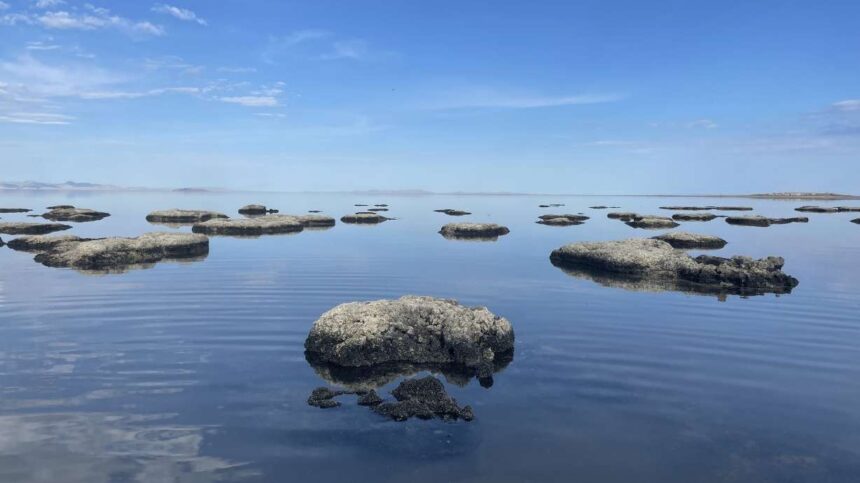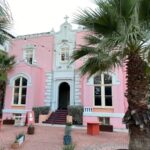Editor’s note: This article is published through the Great Salt Lake Collaborative, a solutions journalism initiative that partners news, education and media organizations to help inform people about the plight of the Great Salt Lake.
SALT LAKE CITY — Michael Werner was one of the many Utah residents who fled to the state’s sprawling parks and public lands in 2020, when the COVID-19 pandemic led to shutdowns of gathering places all over the state, leaving very few activities available outside of home.
He had just started his job as an assistant professor of biological sciences at the University of Utah and decided to take up hiking after the pandemic closed the university’s lab for months on end. That led him to Antelope Island, where he stumbled across educational signage teaching visitors that brine shrimp and brine flies are the only species living in the Great Salt Lake because of its unique saline ecosystem.
Being an expert on nematodes, he wondered if that was true.
Nematodes, otherwise known as roundworms, are one of the world’s most abundant animal classifications. There are more than 250,000 known nematode species, including in the deep ocean, arid climates and anything and everything in between.
“Nematodes are a nearly ubiquitous group of organisms found in all sorts of environments. Some of those environments are very extreme,” he said, recalling that day almost four years ago. “So I thought, ‘Maybe nobody has taken a close look?’”
His question sparked conversations with lake experts and new lake studies. After a few years of research, he and other University of Utah researchers confirmed his hunch. Nematodes live in Great Salt Lake, along with brine shrimp and brine flies, and have a role in the lake’s ecosystem that is not yet fully understood.
Their findings, published Tuesday in the Proceedings of the Royal Society B, also note that the Great Salt Lake is now the saltiest body of water known to contain the species.
Please read Carter Williams’s complete story at KSL.com.
Other stories from the Great Salt Lake Collaborative:











